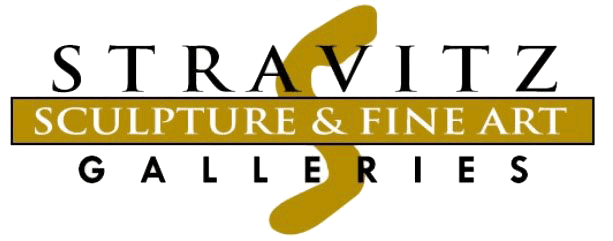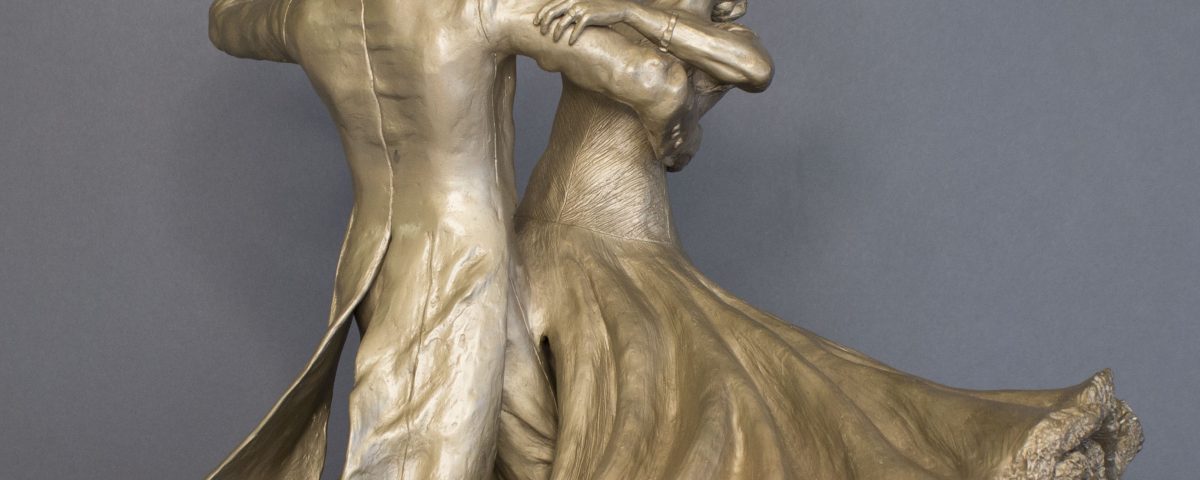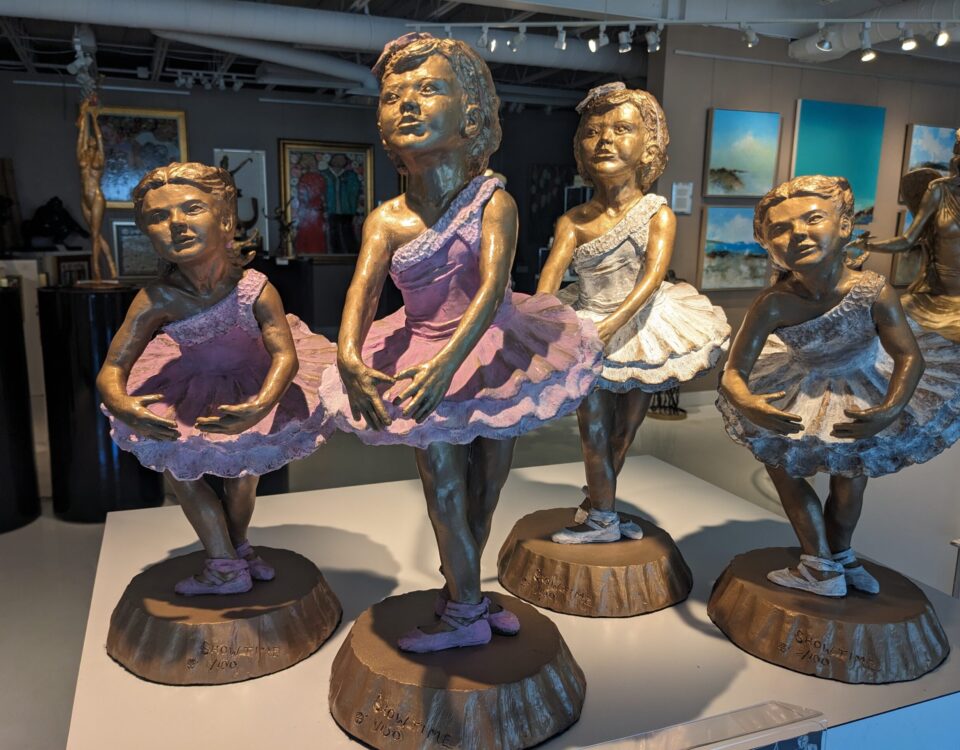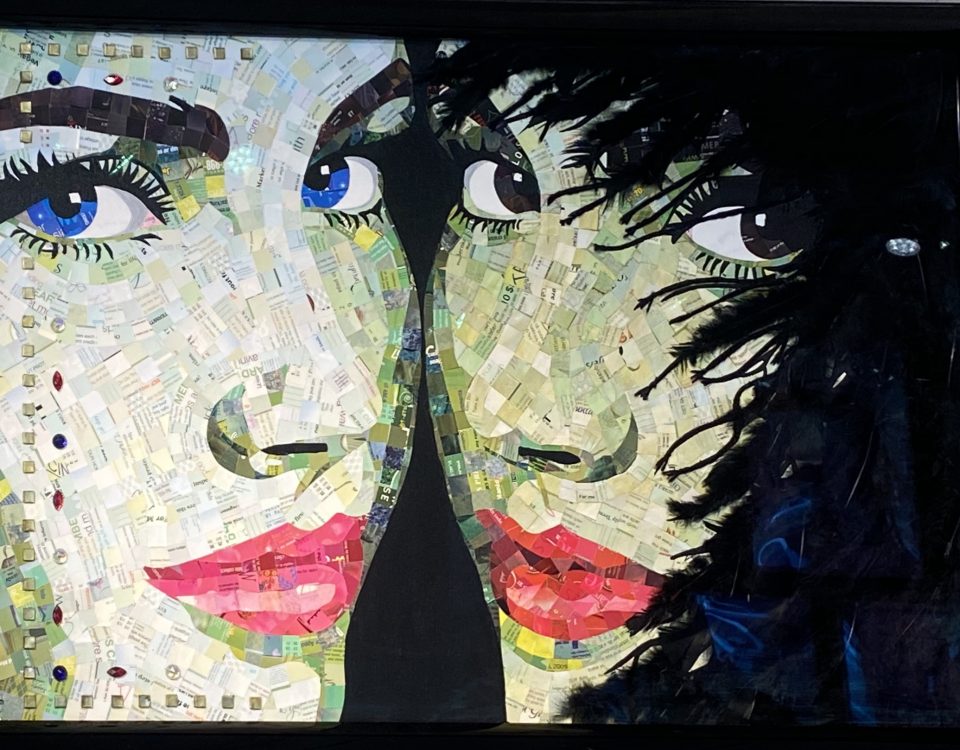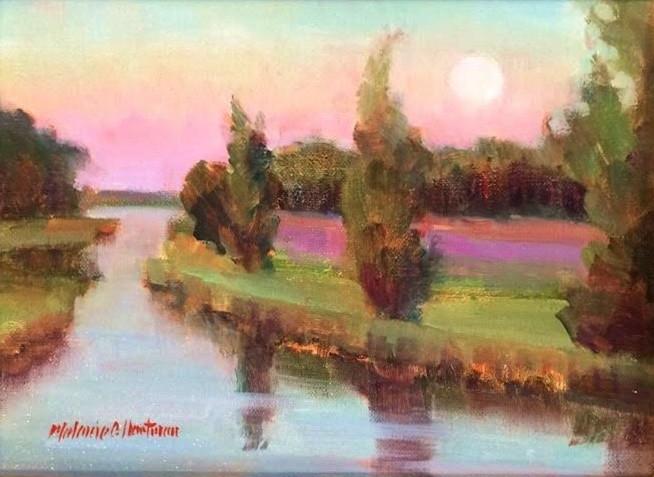
Making Art As Meditation and Healing
May 3, 2018
Living in rooms that you really want to be in
April 7, 2020
Now is not the time to say “I don’t know much about art”.
If you’re like most of our clients, this is the first, and possibly last, time you will need to commission a one-of-a-kind custom bronze statue. You might say something like “I don’t know much about art”. The truth is that you know almost everything that you need to know to choose the highest quality sculptor your budget will allow.
Use this document as a guide to making the daunting task of creating a monument that will be around for hundreds of years a bit less stressful. First, find a few sculptor’s websites and look closely at the images. What do you see? Do the faces look like real people? Now look closely at a real person’s face who is near you. It is an incredibly complex form, full of concave and convex volumes, subtle lines that were formed from decades of smiles and frowns. Does your sculptor’s work respect and honor the beauty of the human form? Don’t settle for “kind-of”. You don’t have to! Every human head and body is unique, and if you choose a skilled sculptor, your statue will be as well.
These days a lot of people can create a bronze sculpture that vaguely resembles a human being, but it takes a highly trained artist to develop a composition that will end up being a timeless piece of art. Forever is too long to purchase anything less than the best your art budget will allow.
- Will your sculptor give you the contact info of their last 3 clients?
Many of these 10 questions will speak to the skill and the artistry of the sculptor. This one, though, is mostly about good business practices, i.e. meeting deadlines and clear communication.
Typically when you are creating a large public monument, there will be an unveiling event. Events mean hard deadlines with no room for error. Does your sculptor have a history of setting realistic timelines and then meeting them without excuses? Does your sculptor communicate consistently and effectively? A large sculpture can take from 7 months to more than a year to complete depending on the size. Your sculptor should keep you in the loop the entire course of the project. The past clients will key you into how well a sculptor handles the project management aspect of public art pieces. Testimonials are great, but you deserve to work with a sculptor who leaves all of their clients thrilled about the relationship and resulting artwork, not just the few who give a quote for their website.
- Can you personally visit the studio of your chosen sculptor?
If you are within a 3 hour drive of you sculptor’s studio, this is a no brainer. Being inside the studio of the creator that will bring your sculpture to life will give you priceless information about the quality of the sculpture you will receive. If you are a plane ride away, it might seem extravagant. However, you are probably planning on spending tens of thousands of dollars for a bronze statue that your Great-Great-Great-Great Grandchildren will be able to see. A plane ticket is cheap insurance to make sure you are getting the quality you deserve.
- Will your artwork include a figure in motion?
Capturing motion that is full of life in a bronze sculpture is a very tricky endeavor. The difference between a stiff and lifeless bronze figure and dynamic, inspiring artwork is obvious when you see them side by side. Either a sculptor is capable of translating bronze into life, or they aren’t. Those that aren’t capable will still be happy to sell you a bronze figure, but it won’t be a piece of art your community can cherish for hundreds of years. Your community is spending tens of thousands of dollars either way – make sure you see sculptures that your artist has created that feel full of life.
- Does your sculpture include a likeness of a specific person?
If so, it is imperative that you look closely at the artist’s skill at capturing the spirit of the person that you are memorializing. A likeness does not just simply copy a photograph, or put the eyes the correct distance apart. A skilled sculptor will view dozens and dozens of photos, trying to tease out the personality of the person. They will conduct personal interviews of those close to the subject. Typically a portrait artist will blend many aspects of different photos to arrive at a likeness that, for whatever reason, makes the people who know say “ That’s him!” or “Oh my, she’s standing right there”. Quite often, when a close relative views a portrait crafted by a highly skilled portraitist, the result is spontaneous tears. Don’t settle for less. The bronze statue will be here long after we are all gone.
- Does your sculptor work closely with an experienced Fine Art Foundry?
The craft of figurative sculpture and the craft of bronze casting each require enormous dedication and intense practice to achieve mastery. They are very different disciplines and require very different skill sets. Rarely are the best sculptors also the best founders, and vise-versa. True, having a small in-house foundry can give the illusion of a lower cost, but someone still has to pay the welder! Experienced fine art foundries often handle all of the casting of dozens or more full time sculptors. There is quite a bit more baked-in learning and mastery when you are casting metal Every. Single. Day. To create the best monument, sculptors should sculpt and foundries should cast.
- Will your sculptor educate you on the regular maintenance of bronze sculpture and develop a specific maintenance schedule for your work of art?
Maintenance for an outdoor bronze sculpture is fairly simple as long as it’s maintained on a regular basis and that the nuances of your statue have been thought out and explained by the artist that create the piece. (Here is a link to our maintenance recommendations.){Link to our A QUICK AND EASY GUIDE TO CARING FOR OUTDOOR BRONZE SCULPTURES article}
- Does your sculptor’s foundry use the highest quality silicon bronze for casting?
Our foundry uses #873 Everdur Bronze ingots. This silicon bronze alloy is 95% copper, 4% Silicon, and 1% Manganese. The high copper content, as well as the specific properties of the silicon and manganese in combination, make it the gold standard for bronze casting today. It is a great alloy for the foundry to work with, which means better quality castings, and it stands up incredibly well to the elements, which means it will be around, and pleasing to look at for centuries. It is far, far, far, superior to the multitude of cheap bronze alloys that have a lower copper content. Often, especially overseas, metals that are much cheaper than copper are substituted to save money. This is an incredibly short sighted choice, and a sign that you won’t be happy days, months, or years down the road.
- Does your sculptor’s contract limit the number of suggestions or revisions that you as a client may request?
When a sculptor is offering you a rock bottom price, he is likely assuming that you will be perfectly happy with everything on the first viewing of the finished clay. But what if you, the customer paying for a timeless work of art, see something that needs addressing, or something about the sculpture that just doesn’t work for you? Many sculptors will contractually limit the number of “revisions” a client can request. You are investing in a timeless piece of fine art, and generations to come will judge the success or failure of the project. You deserve the respect and peace of mind that comes with a sculptor who doesn’t consider the sculpture complete until you are satisfied.
- Do you like him or her?
I know that this seems like a somewhat silly question. The relationship between a client and a sculptor must be better than cordial. After all, you as a client are asking this person to use their skill to capture something very special to you and near to your heart. This isn’t just a purchase order, this is a timeless piece of fine art. It is nearly impossible to capture the vision of someone who you don’t share at least a passing friendship with. There is just too much empathy involved in successfully seeing a client’s vision and then bringing it into the world for the project to be just a transaction. Additionally, the stereotype of artists who take themselves too seriously or assume their vision is most important is all too often true. A truly gifted sculptor will see your project as a collaboration. A good sculptor should listen to you and your committee’s ideas and concerns, and act on those that are appropriate and improve the concept, and push back a bit when his or her expertise says otherwise. After all, you hired the sculptor for their skills, and they agreed to help bring your vision to life. Harry Truman said, “It is amazing what you can get accomplished if you don’t care who gets the credit.” A good sculptor should make you look good.
- Did you ask about Timelines, Deadlines and Testimonials?
This last question isn’t for your sculptor, it is for your sculptor’s past clients. CALL THEM! The insight they can give you will be worth its weight in gold if it helps direct you to the right sculptor. Bronze statues, if done correctly, take a long time. It isn’t unusual for a monumental bronze to take over a year to complete, and every next step depends on the one before. One missed deadline at the beginning of a project can have cascading effects down the line. So the question is, does your sculptor set clear, realistic deadlines and then meet them? It always amazes me how common it is for people to promise one thing and then deliver something far different.
Setting realistic project milestones and communicating to the client the steps that will require their approval before continuing (like approving a maquette, etc) is perhaps the most important non-sculptural part of a successful statue project. Spending 30 minutes on the phone with three of the sculptor’s past clients is time incredibly well spent. A statue can only be a timeless work of art if it gets completed! And no one likes the sour taste of a rescheduled unveiling day.
- Will your sculptor assist with installation, technical drawings, and making sure it doesn’t fall over?
What a travesty to spend hundreds of hours and tens of thousands of dollars on a bronze monument and then just plop it on the ground with hardly any consideration for the site. There are two major issues here to consider. First, aesthetics. There is an enormous difference between a statue bolted down to a sidewalk and a statue that was designed to fit in a space that was designed to accept it. The difference is, quite often, just intention and a deliberate discussion about the site. Sometimes it involves extra costs to prepare the site or the addition of a pedestal element, sometimes it just requires a trained sculptor to ask a few good questions.
The second consideration has considerably higher stakes. It is insufficient to simply drill holes in a sidewalk, squeeze in some epoxy and set the statue down. Sure, if the sidewalk was poured correctly, it might work, but in reality there needs to be a footer that has been designed and stamped by a certified engineer. We always provide detailed installation instructions for site prep and statue installation, and I am personally present for all installations. I want to make sure that our clients are happy and that the statue is installed the way it was intended.
Hopefully this has helped you wrap your brain around the process of creating a unique, one-of-a-kind work of art. It is pretty common for this to be a new experience for our customers. The important thing is to take your time and do some quality research. After all, it’s not rocket science… but it is fine art!
If there is anything we can do to help, please let us know. We are happy to talk about your project, and we want you to find the right sculptor for your, so don’t expect any sales pressure from us. As you may have noticed, we love talking sculpture!
